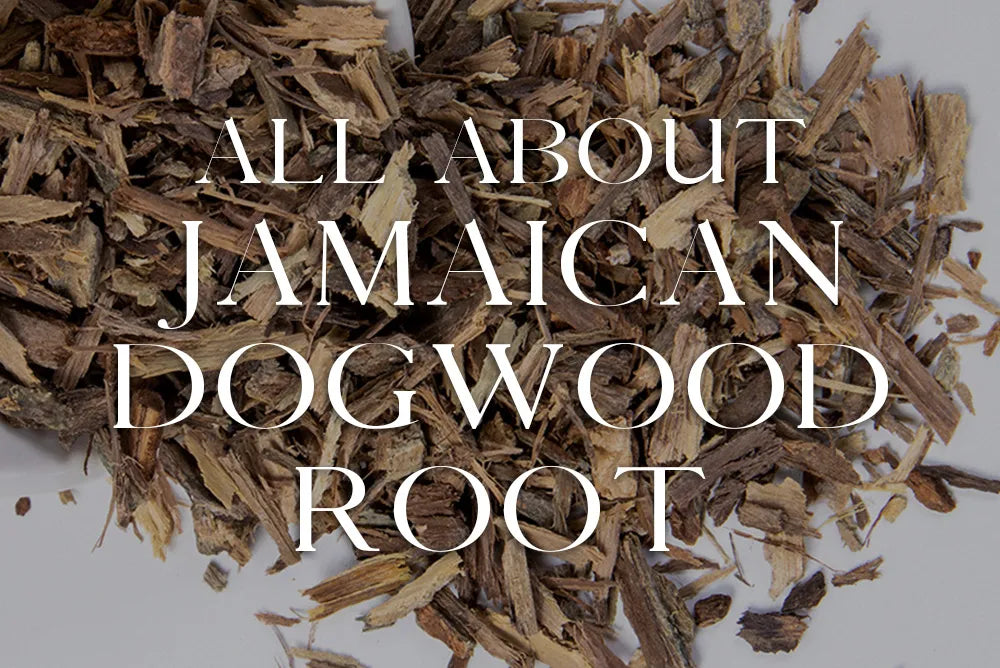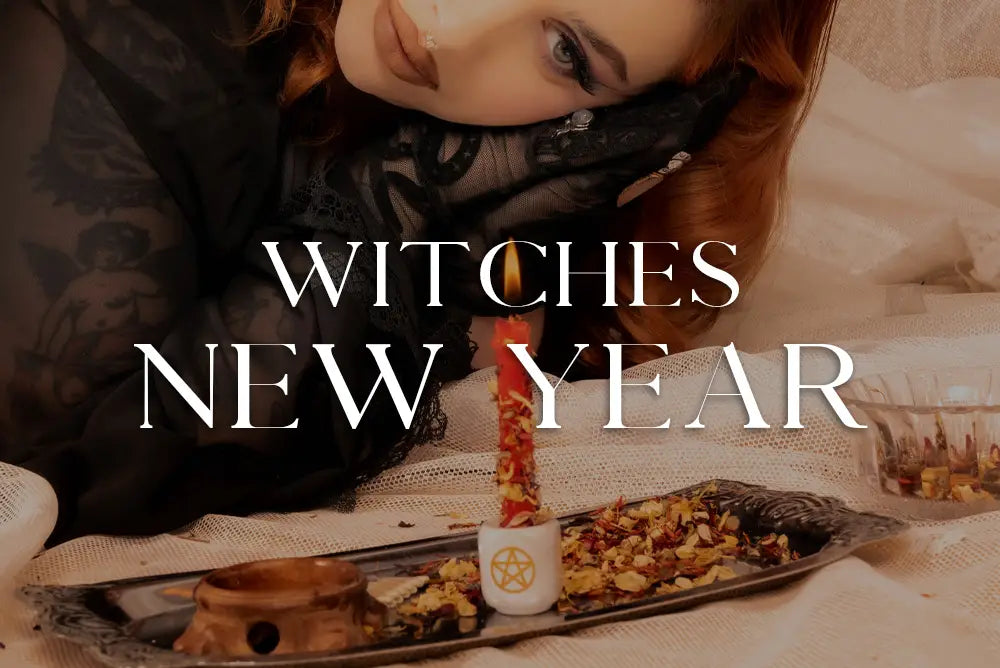Remembering your ancestors is a beautiful thing. As someone who recently lost multiple loved ones, I have found myself being drawn to the idea of keeping the memory of them alive and honouring them in a way that felt right.
During the peak of my grief, I reached out to our Tragic Beautiful community asking for help on ways to honour my loved ones who have passed, and many suggested an ancestral altar. Ancestral altars are common worldwide, both created during a time of year such as an ofrenda during Dia de los Muertos (Day of the Dead), or permanent fixtures in family homes every day in many Asian and African cultures.
With Samhain coming up in Australia on May 5th, it is the perfect time to create an ancestral altar in your home. Samhain is one of the Sabbats in the Wheel of the Year, and it is said that during this time of year, the veil between the spiritual and physical worlds is at its thinnest. It is a time of year when you can feel their spirit and love surround you.
Read more: Celebrating Samhain | Samhain Rituals
Your ancestor altar does not need to be limited to your ancestors. You could honour pets who have passed, descendants, friends or people you might not have known but you greatly admire. It is a place to remember.
The process of setting up an ancestor altar might seem overwhelming or difficult, but we will guide you through the steps on how to set up your space to honour your ancestors and loved ones.
Choose a special place for your altar
The first step in creating your ancestral altar is picking where you would like to go. It could be a shelf on a bookshelf, a side table, a desk or counter. Some people recommend a calm space in your home for your altar, however, it is truly up to your discretion.
I know my ancestors would prefer to be placed in high-energy spaces. As my altar is honouring my Oma & Opa, I decided to place the ancestral altar where I believe their energy is most powerful: near my kitchen.
Decorating your Ancestor Altar
The decorating of your ancestor altar is an incredibly personal thing, but we have a few recommendations to get you started
An altar cloth
This altar cloth will be the place you hold all of your objects and will provide your surface protection from flames, wax & damage. This could be as simple as a piece of fabric, as stylised as one of our altar cloths, or you could use a cloth that is personal to you - potentially given to you by a family member, or that carries its own sentimental value
As my ancestral altar is to honour my Oma and Opa who were from Holland, I chose a Persian Rug as my altar cloth.

Objects that represent your Ancestors
An important addition to your altar includes objects that represent your ancestors who have passed on. These could be photos of them, notes or cards. If you don't have any photos of your loved ones, any items that represent them can be added, or even a white candle to represent their spirit.
Alongside photos, notes & cards, other items that remind you of your ancestors should be added to your altar. These could be flowers, scents, crystals, jewellery, music, trinkets and more.
My ancestral altar honours my Oma and Opa, who moved from the Netherlands to Australia when they were in their 20s. The items I include in my altar reflect this, adding a mixture of Australian native flowers and Dutch tulips. The altar also features Delft Blue pottery pieces such as plates & an urn that holds their ashes.
My grandparents were both incredible cooks, so I incorporated this into my altar, placing their kitchen utensils and their favourite cookbook on the altar

Add candles for light energy
Candles are utilised regularly in Samhain rituals, aiding with remembrance and reflection. Traditionally, those who celebrated Samhain would take a burning branch from the communal fire to light their own home, helping to guide the spirits of their loved ones home.
This act has evolved to suit our modern times by burning candles at each window or on your altar. A white candle is often used for this, but you can pick any candle colour you feel works with your ancestors. If available, you may even have a candle that belonged to them you could burn.
Make sure to put out the flame after you have done your altar work for the day.
Light incense or incorporate scents
Incense is regularly used to cleanse your space, but is also used to deepen meditation and ritual work. A certain incense or essential oil may remind you of your ancestors and bring you closer to them, or evoke feelings of love and support.
As my grandparents were Dutch, warm spices such as nutmeg and cinnamon remind me of them, so I choose to incorporate incense and oils to match this.
Provide offerings of food or drink
This is such an important part of your ancestral altar. Some people believe a drink of water is enough, however, unless your ancestor created the Stanley Cup I think there may be other items they would prefer. Create an offering of their favourite dishes and drinks as a way of attracting their energy into your home. The food and drink create a portal for your ancestors.
My Oma and Opa commonly made Dutch croquettes and koude schotel, and my Oma loved port, so these will make an appearance on my altar on the night of Samhain
Write or think about memories
Reflect on your loved ones who have passed and the beautiful memories you have with them. You might like to write these memories down in a journal. Focus your intentions on anything you would like to say to your ancestors and write these down in notes addressed to them. Add the notes to your offering plate along with your food and drink.
Perform an Ancestral Ritual
Maintaining your altar can be a form of daily ritual. You may like to light a candle or light incense or use a cleansing wand to cleanse the space. You can use this as a way to connect with your ancestors and ask for guidance. Perhaps you would like to talk to them about your day-to-day, family news, or things you are having trouble with. You could say good morning each day to your ancestors, cook with their utensils for kitchen witchcraft, wear their jewellery, and so on.
Below we have provided a ritual to perform during Samhain for maximum potency. However, you can also perform this ritual at any time of the year. This ritual was designed by Bridgette & Shelley Scalisi-Kruger of Soul Diving & Divination
You will need
- Ancestral altar
- White spell candles
- Lighter & matches
- Pen & paper
- Offering plate or kitchen plate
- (Optional) Altar bell
- (Optional) Cauldron or offering bowl
The Ritual
- While seated at your ancestral altar, connect with the photographs and items, trinkets, heirlooms, mementos or symbolic representations of loved ones and lineage.
- Open the space with your intention, ringing a bell, or drawing a symbol in the air with your fingers to represent an "opening"
- Light your candles and gaze into them. Allow yourself to quieten. Merge with the stillness, and connect with the space between the thinning veil. Take a few deep breaths
- Allow for a few moments where you connect with your heart, and write your innermost feelings or thoughts to your loved ones and ancestors. If you have questions to ask or seek any guidance, write it down.
- Place your notes on your offering plate on the altar once you have completed writing them
- Give yourself permission to be fully open with your ancestors. Trust that they can hear your words and intentions.
- Stay in quiet meditation as long as you need to
- You might receive your guidance or signs during the ceremony, or as moments, days and weeks pass. Be open-minded for what may come.
- After you have received your guidance, or have felt like you have been able to connect and honour your loved ones, you may burn your letters with a match or candle. Burn only in a fireproof cauldron, offering bowl, or offering plate
- Close your circle by ringing your bell or snuffing and removing your altar candles
Imagine the spirit world is like a looking glass, and they are able to look upon you, regardless of the ceremony occurring. This is your space to interact with them using two-way communication. Perhaps you may be more open to their responses during the ceremony or have an enhanced connection with spirits for the time following. This is your time and personal space to invite them in, reconnect and pay respects to those who used to be living.
Communicate with your deceased loved ones, asking for their blessing this year as well as just enjoying the time with them.
You may choose to veil this altar when it is not in use, as it can be intensely personal. Black or white are good colour choices, and any natural fabric will do.
Enjoy creating this sacred space to honour those whom have come before you. We hope it brings you comfort and peace and allows you to honour the wonderful people who you have loved and lost.


























































































































































































